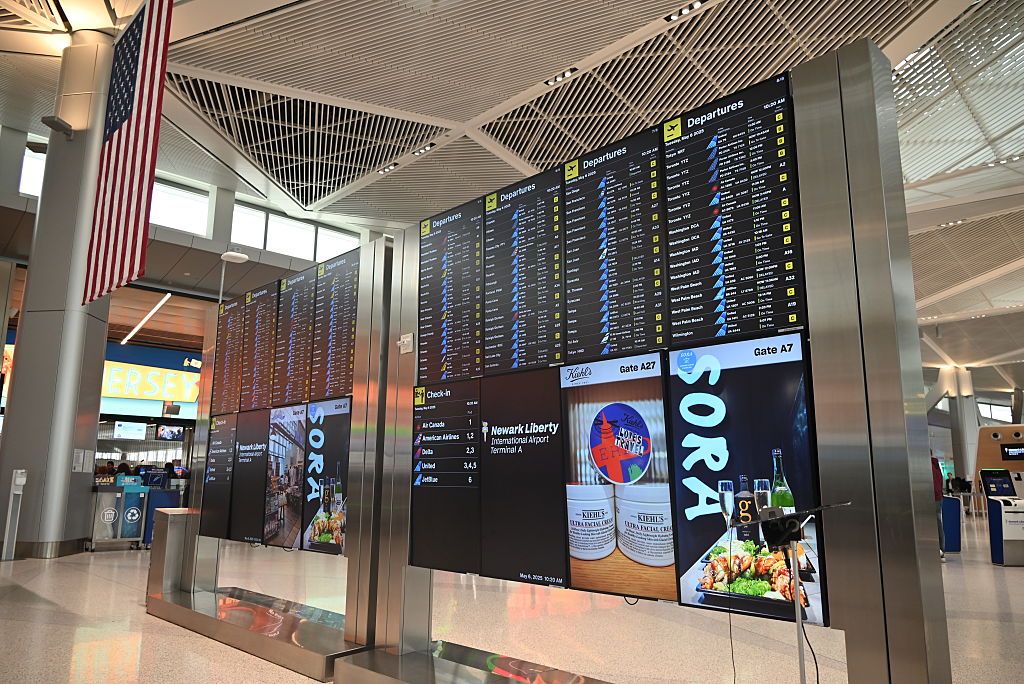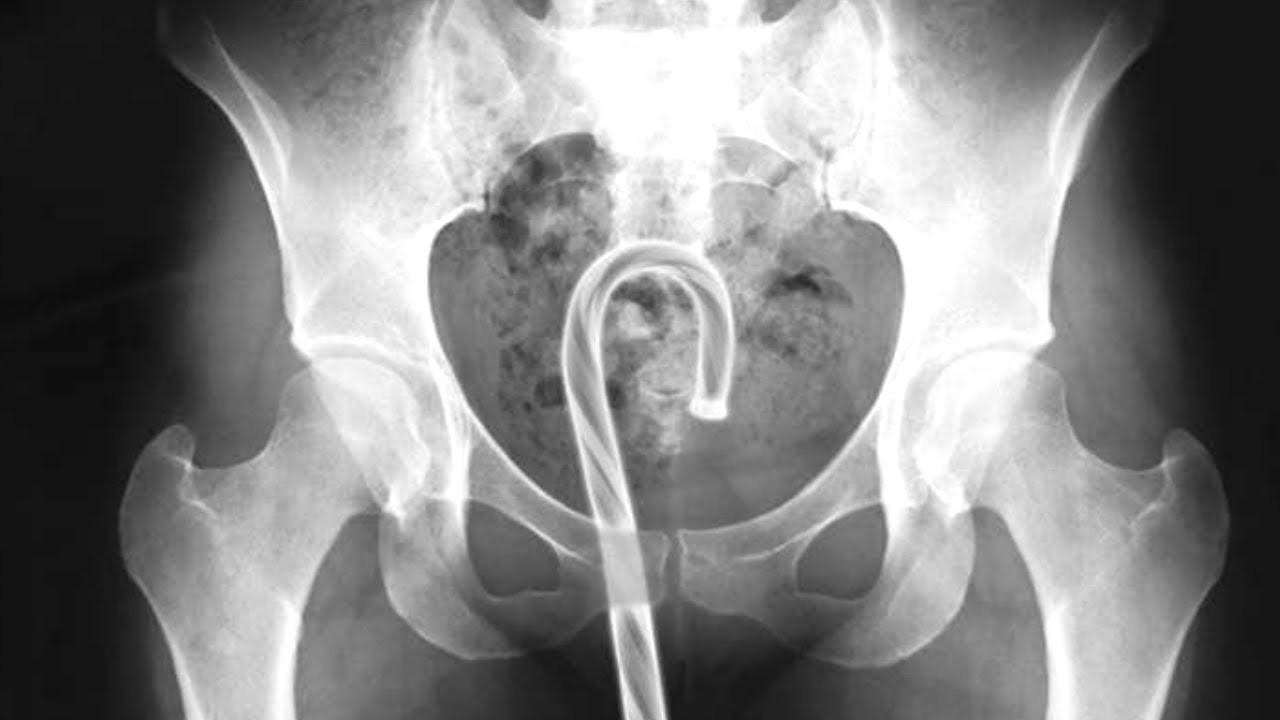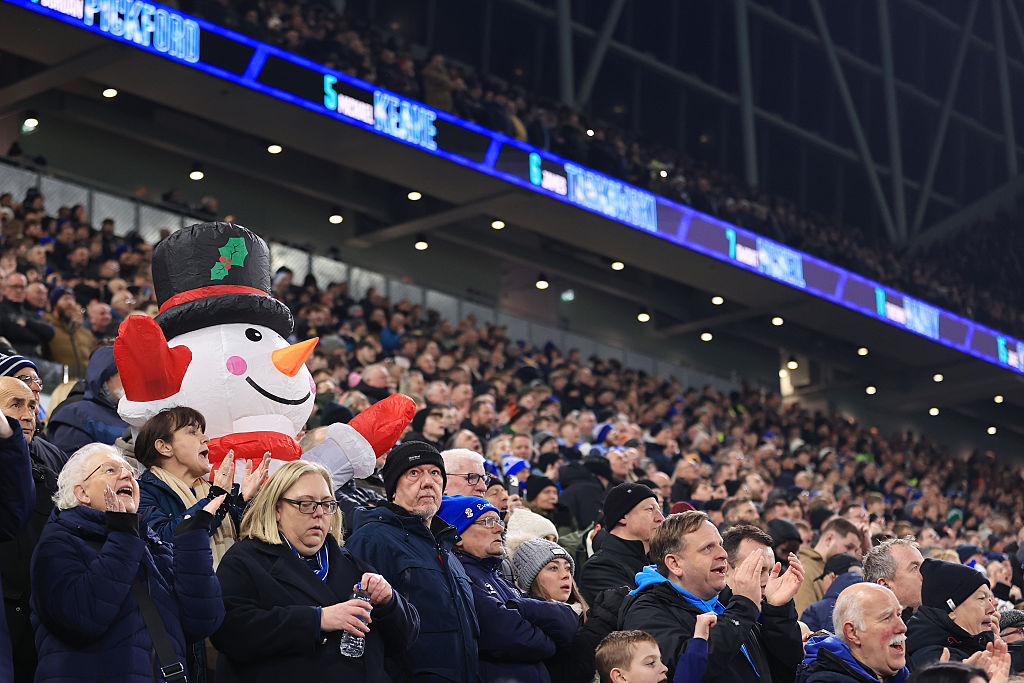There is one feed—a remote line described as a "long extension cord"—that connects the radar for air traffic above Newark Airport to the air traffic controllers in Philadelphia, who make sure that planes take off and land safely. The line has gone down at least twice before, and last week, on April 28, it went down again.
“We use floppy disks. We use copper wires,” Transportation Secretary Sean Duffy said on Friday. “The system that we’re using is not effective to control the traffic that we have in the airspace today.”
And so for 30 seconds, the radar and the radio—that single, life-bearing line—cut off. The air traffic controllers could do nothing. They were blind and deaf. Airplanes were hurtling their way toward the ground, without guidance, in one of the busiest air traffic regions in the country. It's completely understandable that five FAA employees took the 45 days of trauma leave guaranteed to them in their contract after the outage. They had been trusted to protect thousands of lives, and suddenly, the tools of their job had failed them.
“This stuff takes a toll on you, especially when we keep saying this is going to happen again, it’s going to happen again, and it seems to fall on deaf ears,” Colin Scoggins, a former air traffic controller, told CNN. And they do keep saying it! In August 2023, the New York Times published a damning investigation into near-misses on airport runways. In December of that year, they published another reported piece about the overworked and underpaid air traffic controllers. The Government Accountability Office published a 72-page report in September 2024 about the need to urgently modernize air traffic control systems. They found that of the FAA's 138 air traffic controller systems, 51 are unsustainable and 54 are potentially unsustainable. So 33 of them are maybe OK.
That study happened because, as you may remember, in January 2023, a severe system outage disrupted thousands of flights. Reports were also released by the GAO in 2019 and 2016 warning of the aging FAA systems, which means that people have been aware and worried about this for a decade at least. The alarm is sounding. It has been sounding for a long time. And people will die if we continue to ignore it. It feels like every other week this year, there has been a news alert about an incident with a plane—many of which could have been so much worse.
It is absolutely true that flying is safer than driving by a large margin, and that few people are injured in air travel in the United States each year. But air travel is just one of the many touchpoints that normal Americans have with federally funded infrastructure, which is at every level crumbling due to lack of investment.
The American Society of Civil Engineers (ASCE) released its 2025 Report Card for America's Infrastructure in March, giving the country a "C" grade. That is a mild improvement over 2021's "C-" due mainly to the Bipartisan Infrastructure Law, but the gap between where we are and where we need to be is mammoth. One out of three bridges (42,100 bridges!) in the United States need to be repaired. Two million people live without basic plumbing. The ASCE estimates that current planned infrastructure investments are short $3.7 trillion to make all the upgrades we need just to maintain existing infrastructure. And of course, the fact that weather is less predictable and more volatile than ever in this country means that our already crumbling infrastructure is probably even worse off than we estimate. That "Infrastructure Week" was a running gag in D.C. political circles for years should be a great national shame.
Crumbling infrastructure is a cost that all normal Americans pay. It costs money when your car hits a pothole and you get a flat tire. It costs money when a bridge is out of commission and you have to drive the long way somewhere. It is expensive to find a new flight or rent a car because thousands of flights are cancelled. Water filters are not free, and neither are candles to keep your house lit when the power grid fails.
Because of the crumbling air traffic control infrastructure, traffic into Newark was reduced as a precaution, which stranded people and canceled flights. Flights arriving into Newark on Tuesday were delayed for four hours on average, according to the FAA. All of that costs money for the people trying to fly. You have to eat, and food at the airport is so expensive. You maybe need to get a hotel room. If it's an emergency, you need to drive, which costs money and time and sleep.
This morning, the FAA announced a plan to try to help the problems at Newark Airport, including adding three high-bandwidth telecommunication connections, replacing copper connections, and increasing staffing. But if it requires a dangerous emergency for basic infrastructure to get the upgrades it needs to remain functional, this kind of problem is going to become more and more frequent. Maintenance is expensive, but it's much less expensive than decay.







